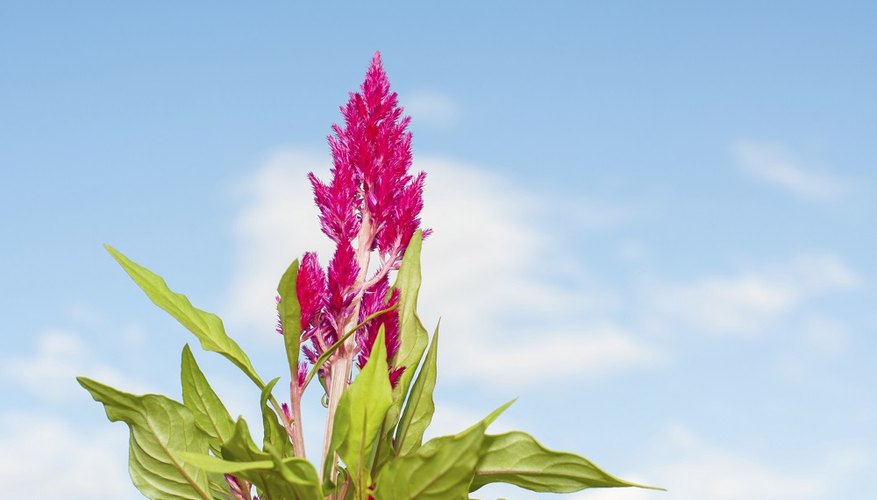Celosia Caracas, also known as plumed cockscomb, is a showy annual plant with dazzling, purple-pink blooms that take centre stage in the flower bed. The feathery blooms, which are ideal for indoor arrangements, can reach heights of almost a metre (3 feet), appear in midsummer and last until mid-autumn. Once established, Celosia Caracas will thrive with very little attention and will tolerate light frost. Celosia Caracas will grow in nearly any well-drained soil type including sandy, chalky or clay soil.
- Celosia Caracas, also known as plumed cockscomb, is a showy annual plant with dazzling, purple-pink blooms that take centre stage in the flower bed.
- Celosia Caracas will grow in nearly any well-drained soil type including sandy, chalky or clay soil.
Plant Celosia Caracas in freely draining soil. Locate the plant where it will be exposed to full sunlight for at least six hours per day. Plant Celosia Caracas near a fence or wall where the plant will be sheltered from strong winds.
Water Celosia Caracas as often as needed to keep the soil lightly moist at all times. The soil shouldn't be soggy, but should never be allowed to become bone dry.
Pinch off the first blooms of the season. Remove the bloom and the stem down to the next set of leaves. Removing the first blooms will encourage healthy, bushy plants with more blooms.
Stake the plants to keep Celosia Caracas upright and to prevent the tall stems from bending. Drive a metal or wooden stake into the ground 6 to 8 inches from the plant, then tie the plant loosely to the stake, using soft garden ties or strips of pantyhose.
- Water Celosia Caracas as often as needed to keep the soil lightly moist at all times.
- Drive a metal or wooden stake into the ground 6 to 8 inches from the plant, then tie the plant loosely to the stake, using soft garden ties or strips of pantyhose.
Fertilise Celosia Caracas every two to four weeks, using a general purpose liquid or granular fertiliser. Read the fertiliser package label carefully for specific suggestions and rates of application for your plants.
